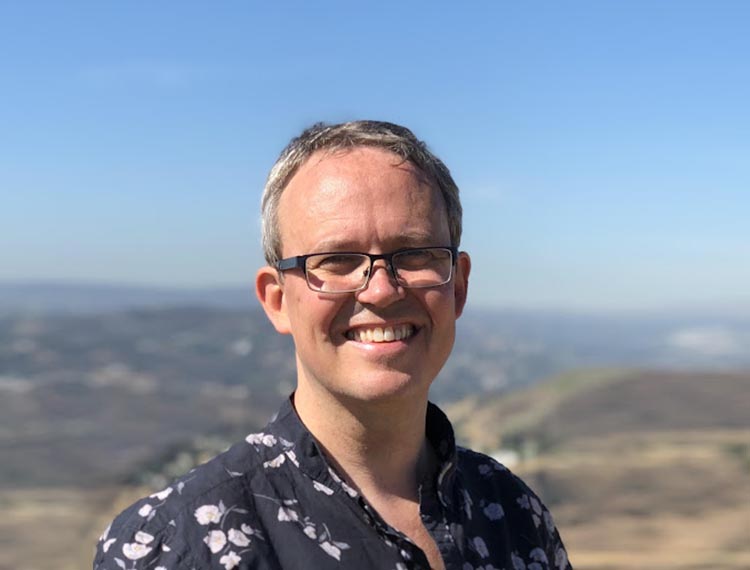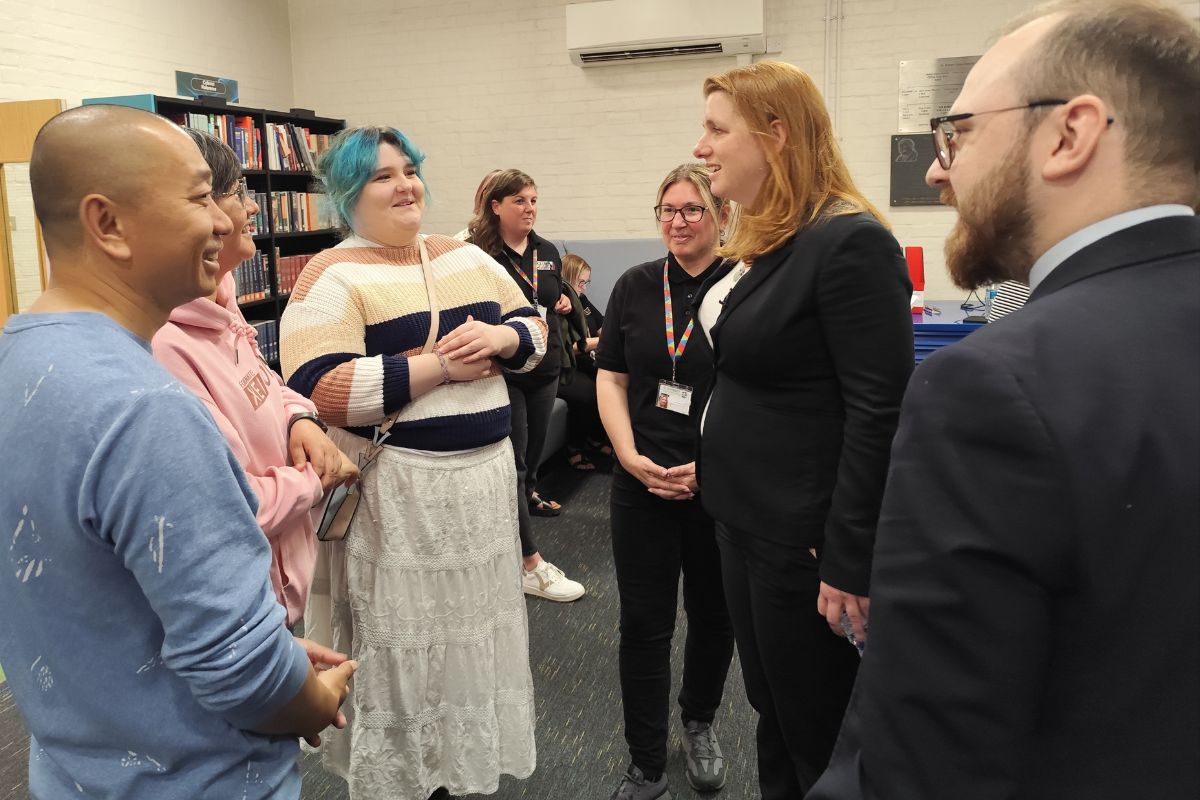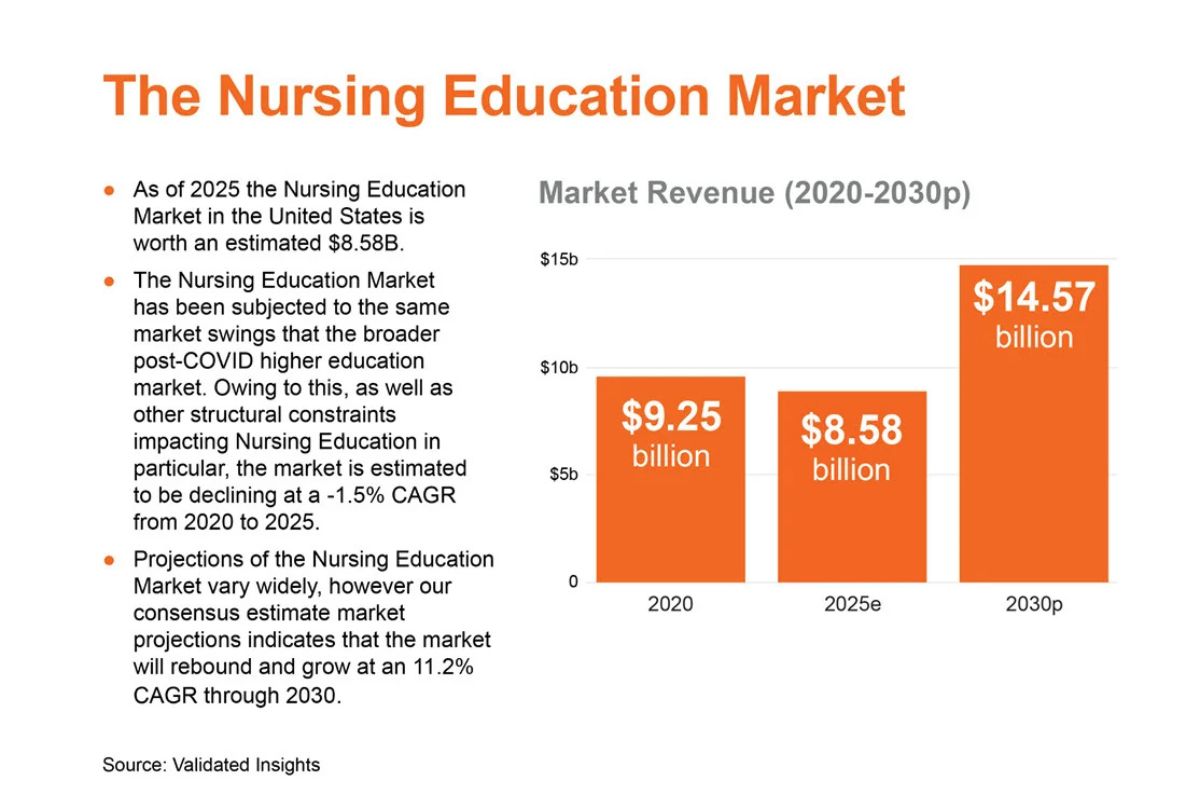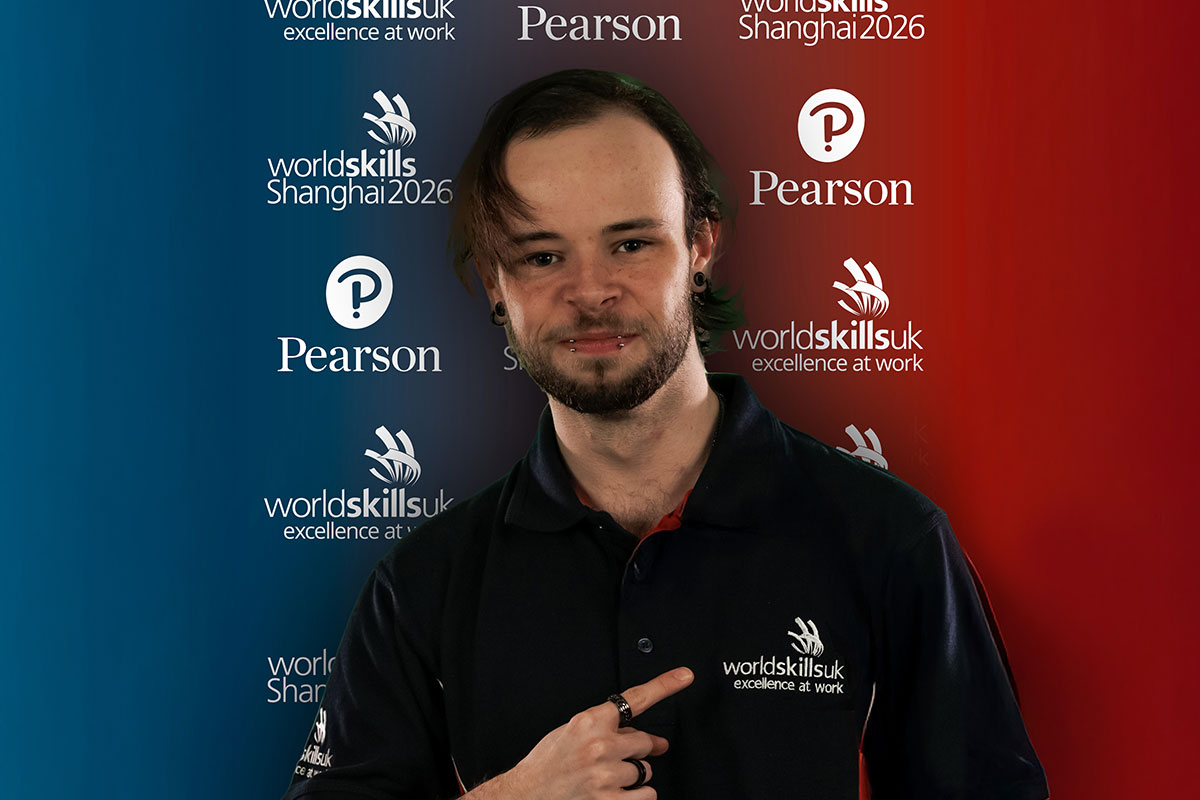It’s Time To Get Practical About Social Capital

We spend £2.5Bn a year on pupil premium with negligible impact on social mobility: The attainment gap is no longer closing; the careers opportunity gap leaves working class youngsters frozen out of lucrative Higher Level apprenticeships.
Even the 60% of learners who do complete Level 1 and 2 apprenticeships risk being locked into low productivity, low wage occupations.
It’s who you know as well as what you know that gets you ahead in life
It’s time to get to grips with this. But doing so is fraught with difficulty. Improving educational equity is a classic ‘wicked problem’ – difficult to define, borne of a myriad of causes and difficult to isolate and measure. We need to zoom out and think systemically and systematically and this starts with considering new approaches that might at least allow us to view the problem through a clearer lens.
It seems trite to say that it’s not what you know; but ‘who you know’ that gets you ahead in life. Like most aphorisms it contains more than a grain of truth. It also passes the common sense test: More than half of us get jobs through our contacts; we solve problems through connecting with allies; and improve our wellbeing by participating in groups.
We’re building ever better bikes, but not teaching young people how to ride
In theoretical terms social capital refers to the latent resources that exist in networks of trust and reciprocity. We unlock these resources whenever we invite local businesses into school or tap them up to sponsor a sports team. Thinking about this more purposefully, and intentionally supporting learners to be aware of and build their networks, could make a huge difference to the outcomes of young people.
This reality is seldom considered when we set careers education strategy. Gatsby benchmarks have sharpened the focus yet it remains siloed in most schools and Colleges and the bar is set at knowing and experiencing occupations rather than developing the wherewithal to succeed in them. It’s like we are building ever better bikes but not teaching learners how to ride.
We should focus on social capital not cultural capital
We shouldn’t be despondent; there is a lot of good practice on which to build. There is also an emerging body of research profiling the benefits of getting practical about social capital in US schools and Colleges.
Young people need knowledge and understanding of what and who they might become alongside qualifications that open doors. However, the important piece is not the quality of provision but whether that provision converts into freedom, success, livelihood, or wellbeing (call it what you will) and this is largely left to chance in our current system.
Recent attempts to address this have focused on cultural capital, as if overriding the lived experience of working class young people with the cultural experiences of their wealthier peers will magically make them more attractive to future employers. Research about the importance of an integrated identity in the growing up experience suggests otherwise. If we are to really tackle social mobility we need to place our attention on social capital, not cultural capital.
Social capital helps working class young people secure higher level apprenticeships
Getting intentional about social capital may help shape learning that unlocks the potential of all young people, addresses social inequality and allows us to hold true to our common and deeply held aspiration that every young person should have a fair crack at life.
Doing this intentionally doesn’t need to upend existing practice, but builds nicely onto it. The Edge Foundation has been working with partner schools and Colleges to embed Real World Learning, Project Based Learning and Community Connected Learning into their existing curriculum.
This is already proving successful in the North East of England in schools, University Technical Colleges and colleges alike. Ignite TSA are pioneering new learning methodologies such as dilemma based learning through their Ignite Chester Zoo project and some of these ideas are being further developed with the University of Manchester through the School Citizens Assemblies approach.
Both projects also seek to develop partnerships with community experts into learning that has real, tangible outcomes. These approaches lend themselves perfectly to students building their social capital – extending their own networks of opportunity by working alongside other adults.
An example from the Sixth form at an Ashoka Changemaker School, The Studio, Liverpool shows how this comes alive:
“Jim joined The Studio a term into Year 10 having been unsettled in previous schools. Shy, but keen to succeed, his coach soon uncovered his interest in coding. From a single parent home with Mom on benefits his inherited networks were unlikely to get him the knowledge of the sector or the confidence to function within it. Knowing Jim’s aspiration helped teachers match his passion with mentoring opportunities using space within the curriculum for him to create his own products and improve them with professional advice.
“When an opportunity for a Higher Level Apprenticeship came along he was able to do a mock interview with someone from the sector, demonstrate his understanding of sector specific processes such as SCRUM and sell himself on the basis of what he’s learned from the mistakes he’d made by acting as a software engineer. 5 years on he is earning £30,000, has a degree funded by his employer and not saddled with debt. We know we need more higher level apprenticeships. We also need to equip working class young people to secure those that are available.”
‘You have to see it to be it’
Let’s unpack the social capital at work here:
Bonding social capital is about the depth of relationships that young people are good at utilising when they need help and support. This is most teachers’ stock in trade and where most of our attention currently goes in trying to improve the life chances of learners. We assume it will be enough.
Jim had to move beyond the built-in deference of school to hold professional conversations with industry mentors. Calling them by their first name; relating as equals and being taken seriously as a young adult. Colleges do better than schools in this regard, except in Jim’s school where teachers and students were on first name terms.
It is this linking social capital that allows young people to function across hierarchies and power differences. Visitors to The Studio were regularly approached by students, like Jim, offering their services and presenting their business cards.
Jim was mentored by an industry expert and attended professional conferences and meetings within Liverpool’s tech sector. Bridging social capital allows young people to connect to other people and circumstances that are different to their own. Most working class young people have poor inherited networks.
By intentionally opening up educators’ own networks to young people and modelling how to use them, learners can become conscious of the importance of networks to their future success and start to build them for themselves.
Getting practical about social capital
Starting where we are with what we have, getting practical about social capital can be as simple as raising awareness of how people ‘get on’ and how they end up doing what they do.
Rather than have young people find their own work experience, having young people map their own current networks and carefully matching interests and people, brokering potential opportunities can help improve impact.
Getting practical about social capital might involve being aware of the strength of ‘weak ties’. These are the acquaintances that are well placed to open up and extend opportunities. Being intentional about who and how we introduce young people to and being clear with other adults about the important role that they play in extending possibilities and unlocking opportunity can be catalytic for young people.
As we imagine an educational landscape that puts equity at the centre of how we respond to the climate crisis and accelerating rates of technological and social change, we need to recognise that young people are entitled to be prepared for the world as it is going to be. Unlocking relationships of support and opportunity is a good first step towards a set of capabilities that young people need to thrive and get on. And putting this at the heart of our efforts to tackle disadvantage makes sense.
Founder of global NGO, Ashoka, Bill Drayton speaks of a New Inequality. Those young people who have the skills to adapt, respond and contribute to positive change such as empathy and the ability to work in fluid, networked teams will thrive. Those without these capabilities, won’t. Helping young people get on the right side of this new dividing line might be the best service we can do them as we rethink how we can promote equity in a new world of change and uncertainty.
This thinking lies at the heart of New Capabilities for a New World, a pioneering programme that has benefitted from the partnership and investment of the Careers and Enterprise Company and led by the Greater Manchester Combined Authority. It is open to school and College Principals from other regions and starts in January 2022.
Shaun McInerney, educational consultant
Shaun works with Ashoka and The Edge Foundation and Honorary Research Fellow at the Alliance MBS Business School at the University of Manchester. Previously, he spent much of his career tackling inequality as a school leader and Executive Principal in inner city Liverpool.











Responses